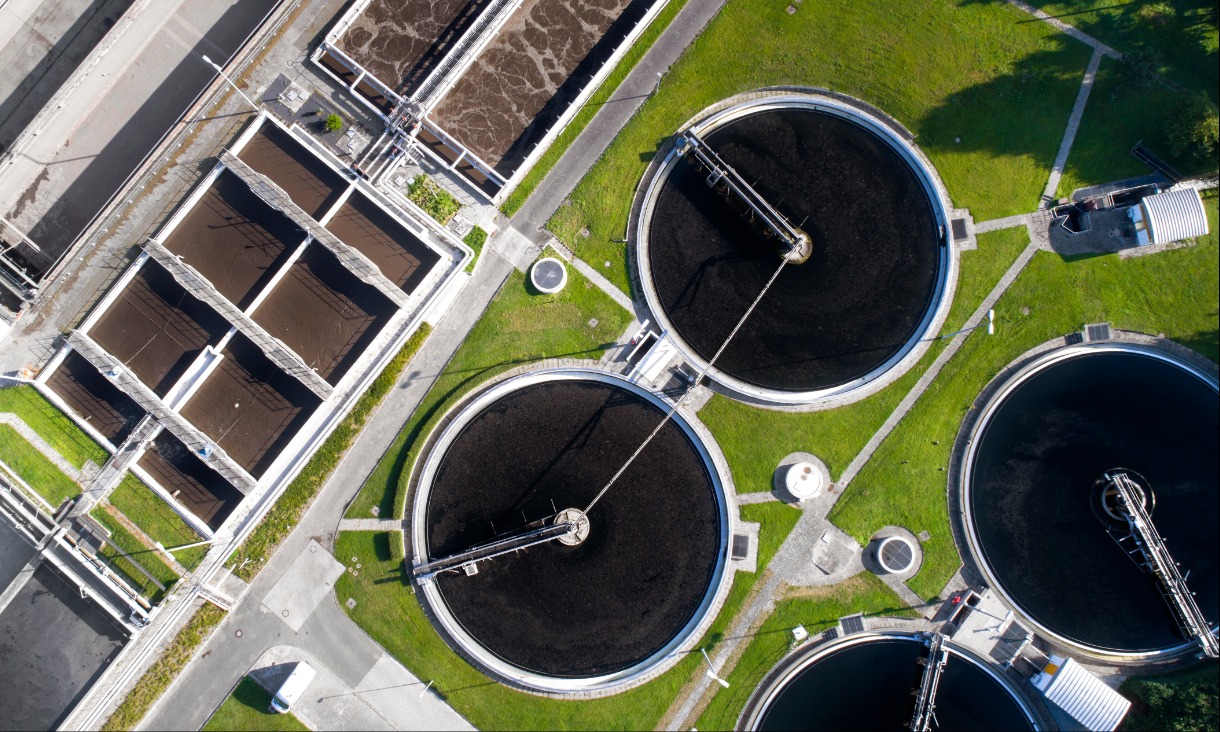But some largely voluntary approaches have had an impact. These include the national Product Stewardship Act 2011, New South Wales’ Extended Producer Responsibility Priority Statement 2010 and Western Australia’s 2008 Policy Statement on Extended Producer Responsibility.
These schemes have provided an impetus for industry engagement in national integrated management of some types of waste, such as e-waste, oil, batteries and fluorescent lights. Voluntary industry programs also cover materials such as PVC, gypsum, waffle pod and carpet.
For instance, since 2002, the Vinyl Council of Australia has voluntarily agreed to apply EPR principles. Armstrong Australia, the world’s largest manufacturer of resilient PVC flooring products, collects the offcuts and end-of-life flooring materials for recycling and processing into a new product. These materials would otherwise have been sent to landfill.
In another example, CSR Gyprock uses a take-back scheme to collect offcuts and demolition materials. After installation, the fixing contractor arranges collection with CSR Gyprock’s recycling contractor who charges the builder a reasonable fee.
Connecting industries
But extending producer responsibility in a sustainable way comes with a few challenges.
Everyone in the supply chain should be included: those who produce and supply materials, those involved in construction and demolition, and those who recover, recycle and dispose of waste.
The goal of our work is to connect organisations and industries across the country so waste can be traded instead of sent to landfill.
But the lack of an efficient supply chain system can discourage stakeholders from taking part in such schemes. An inefficient supply chain increases the costs associated with labour and admin staff at construction sites, transport, storage, separation of waste and insurance premiums.
All of these are not only seen as a financial burden but also add complexities to an already complicated system.
Australia needs a system with a balanced involvement of producers, consumers and delivery services to extend producer responsibility.
How can research and development help?
In our research, we’re seeking to develop a national economic approach to deal with the barriers preventing the effective management of construction and demolition waste in Australia, such as implementing an extended producer responsibility.
And a project aimed to find ways to integrate supply chain systems in the construction and demolition waste and resource recovery industry is supporting our efforts.
The goal is to ensure well-established connections between all parts in the construction supply chain. A more seamless system will boost markets for these materials, making waste recovery more economically viable. And that in turn will benefit society, economy and the environment.
Story: Dr Salman Shooshtarian, Associate Professor Malik Khalfan, Associate Professor Peter S.P. Wong, Dr Rebecca Yang and Associate Professor Tayyab Maqsood
This article first appeared in The Conversation









